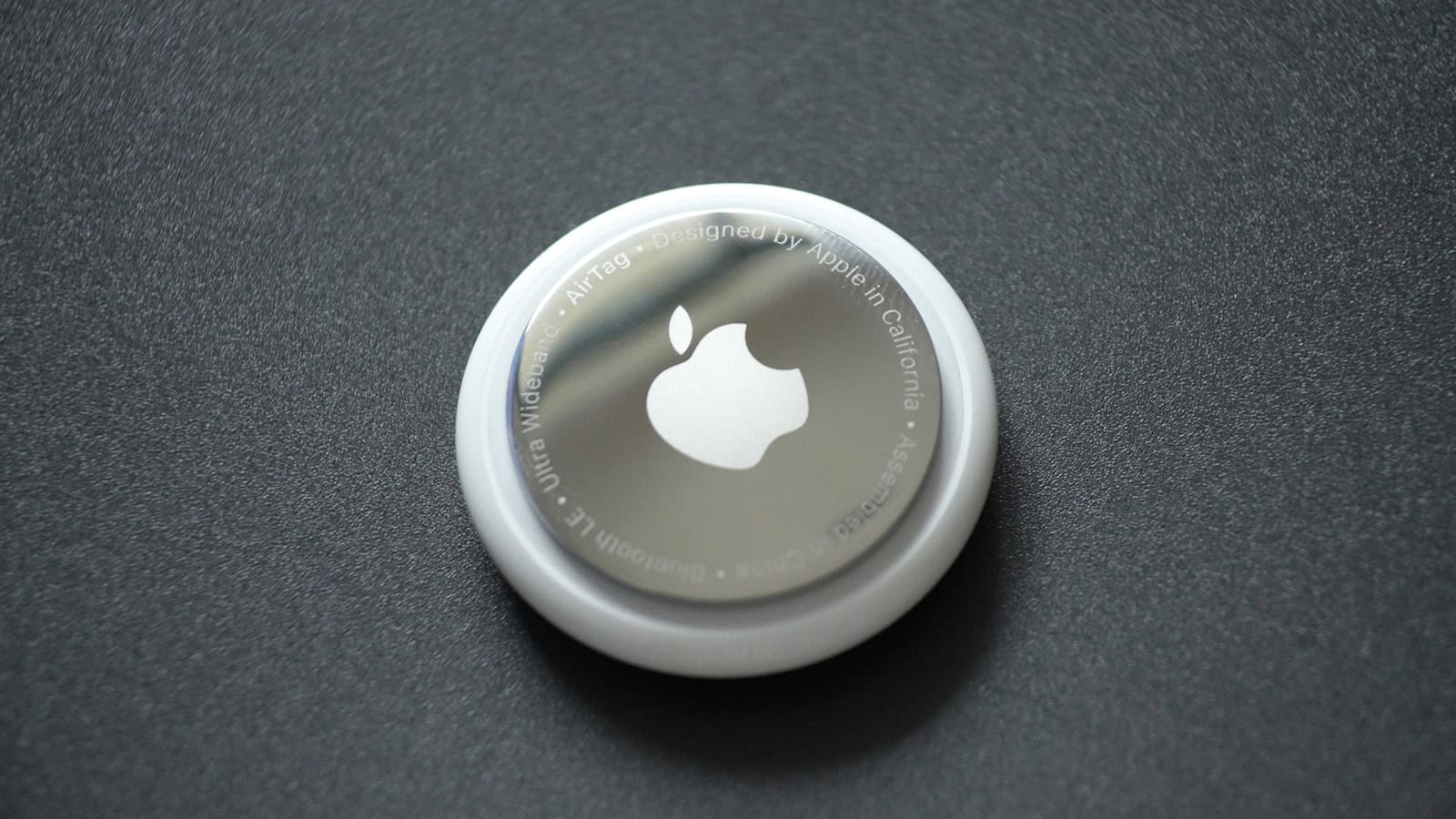With the rise of personal tracking devices, Apple’s AirTag has become a popular tool for keeping tabs on personal belongings. These small, coin-shaped devices pair with the Find My app to help Apple users locate lost items. While the technology is convenient, it also raises questions about privacy. It’s important to understand who can access the location of your AirTags and under what circumstances.
AirTags are designed with privacy in mind. Only the owner of an AirTag is supposed to see its location. However, Apple has in-built features that prevent unwanted tracking. If someone else’s AirTag is found moving with you over time without the owner nearby, your iPhone will alert you. This is to safeguard against misuse, ensuring that AirTags are used for their intended purpose of tracking personal items, not people.
AirTags and Privacy: Unveiling the Mystery
Understanding AirTag Tracking
AirTags use Apple’s Find My network to help you locate lost items. When an AirTag is separated from its owner, it sends out a secure Bluetooth signal that can be detected by nearby Apple devices. These devices then relay the AirTag’s location to iCloud, allowing you to track it in the Find My app.
Can Others See My AirTag?
The short answer is yes, but with important caveats.
- Unknown AirTag Alerts: If someone else’s AirTag is found moving with you for an extended period, your iPhone (or other Apple device) will send you an “Unknown AirTag Detected” alert. This feature is designed to prevent unwanted tracking.
- Sound Alerts: An AirTag separated from its owner for a while will also emit a sound to alert you of its presence.
How Does Apple Protect My Privacy?
Apple has implemented several measures to protect your privacy when using AirTags:
- Encryption: Location data is encrypted at every step, ensuring that neither Apple nor anyone else can see the location of your AirTag or the identity of the device that helped find it.
- Randomized Identifiers: AirTags use unique Bluetooth identifiers that change frequently, making it difficult for someone to track you over a long period.
- Anti-Stalking Features: The “Unknown AirTag Detected” and sound alerts help prevent unwanted tracking.
Additional Privacy Considerations
- Shared AirTags: If you share an AirTag with someone (e.g., in a family sharing group), the other person can see its location. This is a convenient feature for shared items like keys or a car.
- Lost Mode: If you mark your AirTag as lost, you can enter a phone number that will be displayed to anyone who finds it. This can help someone return your lost item to you.
Staying Safe with AirTags
While AirTags are generally safe to use, it’s important to be aware of the potential privacy risks and take steps to protect yourself:
- Be Mindful of Sharing: Only share AirTags with people you trust.
- Check for Unknown AirTags: If you receive an “Unknown AirTag Detected” alert, follow the instructions to disable it and report it to law enforcement if you feel unsafe.
- Stay Informed: Keep yourself updated on Apple’s latest privacy features and best practices for using AirTags.
By understanding how AirTags work and taking simple precautions, you can enjoy the convenience of this tracking technology while safeguarding your privacy.
Key Takeaways
- AirTags help users find personal items through the Find My app.
- Only the AirTag owner can generally see the device’s location.
- Apple designed AirTag features to alert users of potential unwanted tracking.
Understanding AirTag and Associated Technologies
Apple’s AirTag is a small device designed to help people track their personal items using Apple’s Find My network. With the help of various technologies, it seamlessly integrates into the Apple ecosystem, facilitating users to keep tabs on their belongings.
Technology Behind AirTags
The technology powering AirTags involves Bluetooth for proximity locating and the U1 chip for Ultra Wideband precision finding. An AirTag sends out a secure Bluetooth signal that nearby devices in the Find My network can detect. When a device detects an AirTag, it relays the signal’s location to iCloud, allowing the owner to view it on a map.
Setting Up Your AirTag
To set up an AirTag, users simply bring it close to their iPhone or iPad, and it will connect to the device. After the connection is established, the AirTag appears in the Find My app where users can assign it to a specific item and rename it if needed. These steps ensure a seamless setup process.
Using AirTags With Apple Devices
Integration with the Find My app allows users to track their AirTagged items. Apple devices running iOS or iPadOS can detect AirTags and send their location to the cloud. Users can view these locations on a map in the Find My app, giving them the ability to track an array of items.
Precision Finding and Find My Network
AirTags with a U1 chip enable Precision Finding, a feature available on iPhone 11 and later models. This technology allows users to see the distance and direction to their AirTag with on-screen instructions. For devices without the U1 chip, the Find My network uses crowdsourced Bluetooth signals from millions of Apple devices to locate AirTags, providing worldwide tracking capabilities.
Privacy, Security, and Preventing Misuse
Apple’s AirTags are designed with features to preserve privacy and discourage unwanted tracking. They aim to balance the utility of finding lost items with the need for personal security.
AirTag Privacy Features
AirTags tie to a specific Apple ID which makes unauthorized access to location data difficult. They use Bluetooth signals to communicate with the Find My network to locate lost items. Privacy is a key concern, so they have built-in features to alert users of unknown AirTags traveling with them. These notifications prevent misuse by stalkers. AirTags also have a speaker that emits a sound to signal their presence if separated from their owner for an extended time.
What To Do If You Find an Unknown AirTag
If you receive a notification or hear a sound from an unknown AirTag, Apple’s Find My app can guide you to disable it. It involves removing the battery to stop tracking. Apple suggests contacting law enforcement if you feel your safety is at risk. They can work with the National Center for Victims of Crime to support your case.
Legal Consequences for Misuse
Using AirTags for stalking is a serious offense. Law enforcement can intervene when AirTags are used maliciously. They might request Apple’s cooperation in investigations which can be granted with the proper legal process. Stalking laws apply to misuse of tracking devices and consequences can include fines or imprisonment. It is crucial that users activate two-factor authentication for added security, as this helps in protecting their Apple ID and connected devices like AirTags against unauthorized access.







